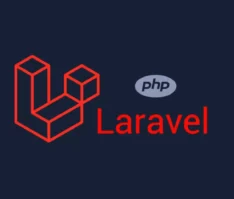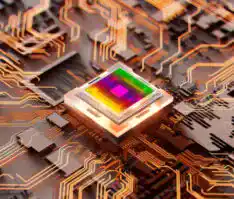Table of Contents
Urban farming is rapidly becoming a key solution to the challenges of food security and sustainability in our growing cities. As urban areas expand and populations increase, the demand for locally grown, sustainable food is becoming more urgent than ever.
Imagine strolling through a bustling city and coming across a vibrant rooftop garden, where rows of fresh vegetables and fragrant herbs thrive in the urban landscape.
Above, drones hum as they deliver freshly harvested greens to nearby markets. This vision isn’t a far-off dream—it’s the future of urban farming, driven by groundbreaking technology.
Urban Farming: What Is It?
Urban farming is a pioneering approach that places agriculture into the urban environment, exploiting existing urban areas to produce food. With increasing urban sprawl, there is a demand for locally produced vegetables, and urban farming is developing as an environmentally friendly approach to address this demand.
Urban agriculture encompasses the cultivation of foodstuffs in areas, such as rooftops, abandoned lots, or even within structures, through innovative methods designed to optimize the use of urban areas.
The United Nations reports on urbanization predict that 68% of the world’s population will inhabit urban communities by the year 2050. This urban expansion is overwhelming traditional agricultural systems. Urban farming aims to alleviate this strain by reducing transportation costs, improving food security, and minimizing environmental impact.
In fact, in cities like New York, initiatives such as Brooklyn Grange are already growing 50,000 pounds of organic produce annually on rooftops, demonstrating the potential of urban farming to transform how we access fresh food.
How Technology is Bringing Sustainable Agriculture to Cities
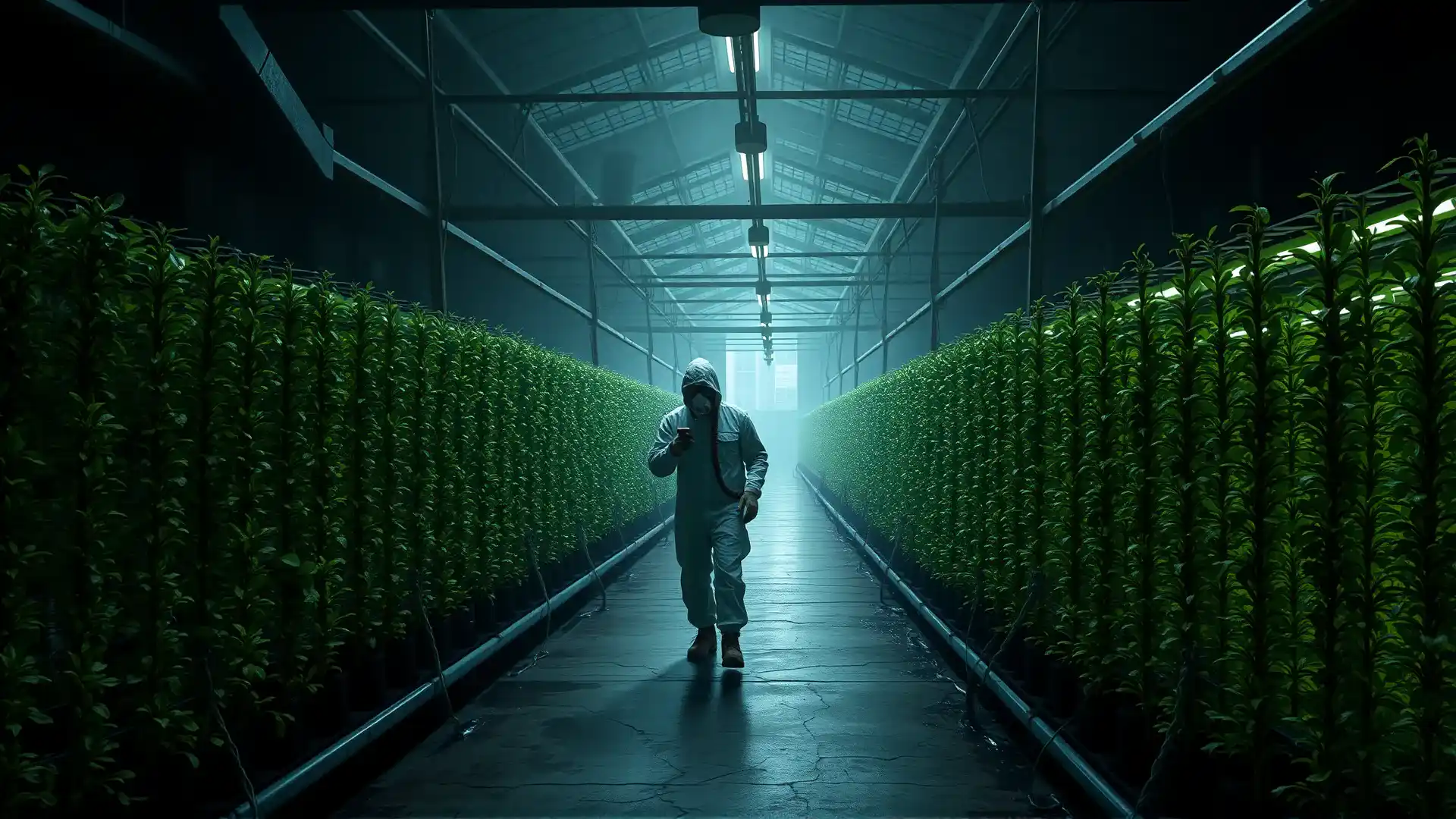
Technology is in the development of diversifying urban farming to become more effective, scalable, and sustainable. Technological innovations in agriculture are being used to mitigate the constraints of space, water shortage, and environmental sustainability in cities.
By incorporating the latest technology, urban farming is transforming into a solution with more than just food production for better life quality in the city.
- Vertical Farming: Vertical farming is one of the most successful urban agricultural inventions. Using stacked layers of crops, often grown inside or under controlled conditions, that take advantage of unused space such as roofs and warehouses, it. A research report by Aerofarms states that this method drastically reduces the need for land, while also consuming up to 95% less water compared to traditional farming methods (Source: Aerofarms). This eco-friendly way can produce crops in urban areas where land is scarce.
- Hydroponics and Aquaponics: Hydroponic systems are based on liquid solutions and do not involve soil and plants can grow faster with fewer resources. In hydroponics plants are cultivated in nutrient-rich water that considerably reduces water consumption. In the meantime, aquaponics integrates fish farming with vegetative agriculture, forming a closed-loop ecosystem. National Geographic research states that such techniques have increasing appeal for urban farming, as they demand 90% less water than conventional methods and are therefore of great interest for cities with water scares.
- Smart Agriculture and IoT: The Internet of Things (IoT) is changing urban agriculture by enabling continuous real-time data acquisition. Smart sensors assess soil moisture, light, temperature, and nutrient contents and thus guarantee the best growing conditions. These systems provide urban farmers with data-driven decisions to Maximize Crop Yield and Minimize Waste. According to a report by Farmers Weekly Urban farms, equipped with IoT-driven monitoring systems, have reported up to 30% higher production yields through better irrigation and fertilization.
- Artificial Intelligence (AI) and Robotics: Artificial intelligence and robots are used to automate planting, harvesting, and crop monitoring. Not only can it save labor costs but also, but it can also streamline the operational process and make it scalable in urban farming. For example, Ripe Robotics uses AI-powered robots to harvest crops more quickly and precisely, allowing farmers to meet the growing demand for fresh produce. According to a report by Statista, the agricultural robotics market looks set to have a global value of $20 billion by 2025.
- Renewable Energy Integration: Urban farms are increasingly using solar power and wind power to diminish their carbon footprint. For example, SolarCity has worked with vertical farms to attach solar panels, enabling farms to produce food more sustainably and at a reduced cost. Renewables are not only powering the farms but also playing a role in mitigating the environmental footprint of food production from the city.
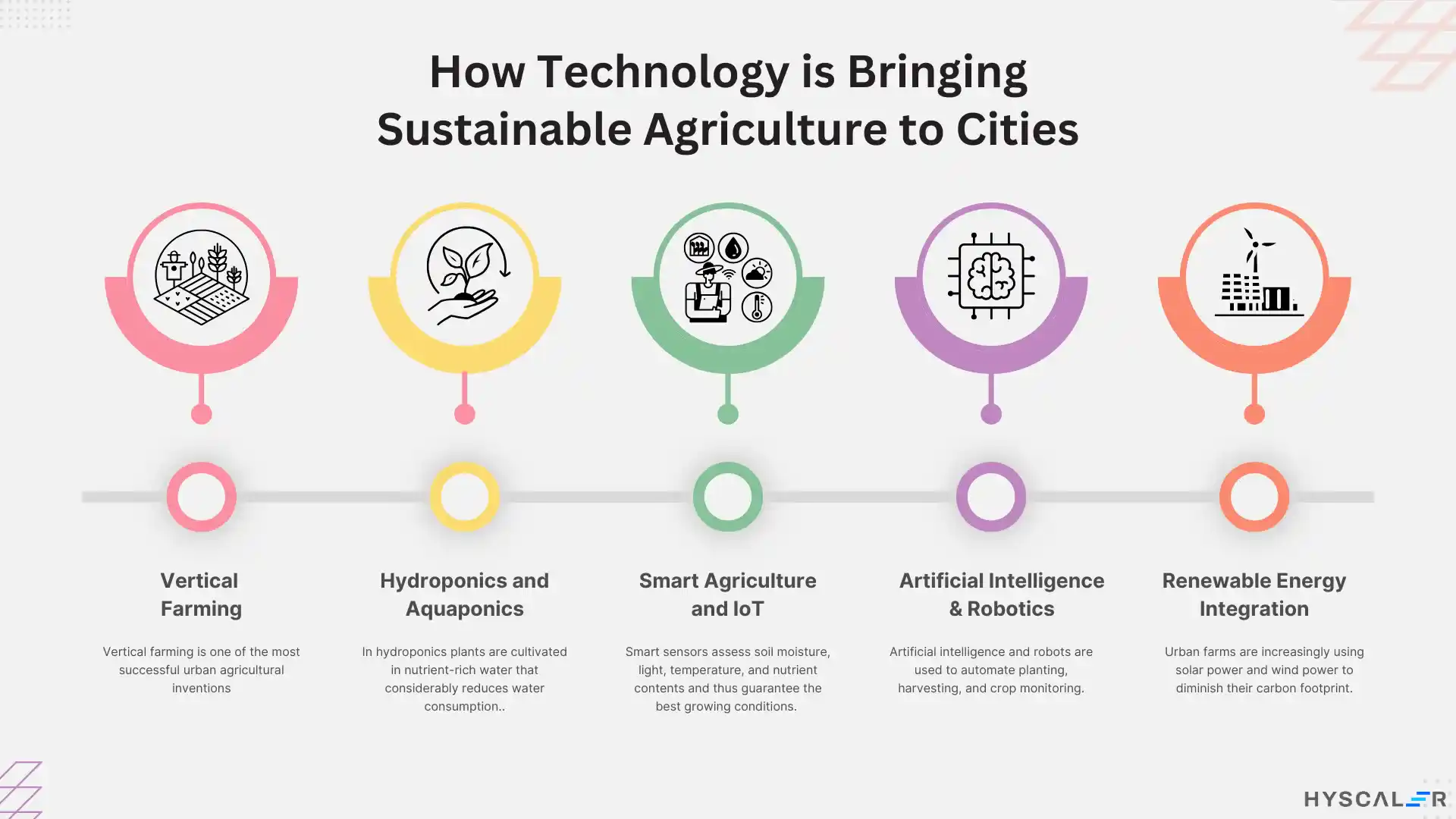
Urban Farming Uncovered: How to Overcome the Biggest Challenges
Limited Space
Challenge: In urban areas, space is at a premium. As cities get more densely populated, it is not always easy to find suitable places to farm. Vertical farming in a structured manner is not feasible due to high land prices and limited open land.
Solution: The rise of vertical farming has been a game-changer. Urban farmers can capitalize on otherwise unoccupied areas, growing crops in stacked layers or on rooftops. Moreover, hydroponic and aquaponic systems can be built in tight, indoor settings, which allows to optimize of restricted space and maximize production. E.g., Brooklyn Grange in New York City grows vegetables on rooftops and leverages underutilized vertical areas of the city.
High Initial Investment
Challenge: Urban farming requires substantial startup capital. Such as hydroponics, controlled-environment agriculture, and smart farming systems, the cost for implementation is high. These upfront costs can be a barrier for many urban farmers, especially those in underserved areas.
Solution: In an attempt to save costs, some municipalities and bodies are beginning to provide grants and subsidies to encourage urban agriculture activities. Additionally, adopting modular farming systems can reduce costs. As an example, these smaller-scale or do-it-yourself (DIY) systems are enabling farmers to initiate on a small-scale basis and expand as they get results.
Crowdfunding has also become a potential funding mechanism for urban farming projects that allow farmers to be funded by communities that are interested in food security.
Regulatory and Zoning Challenges
Challenge: It may be tricky to comply with city zoning laws and regulations on land use, water use, and agriculture. Many urban areas have outdated policies that don’t account for the needs of modern urban farming.
Solution: In several cities, advocacy and policy changes are being used to develop more urban farming-an-chor environments. Urban farmers are collaborating with municipalities to revise zoning ordinances and regulations to legally accommodate food production in the city. Cities such as Detroit have taken steps to enact zoning changes that promote community gardens and backyard urban agriculture. In addition, policy-based (e.g., tax credit, subsidy) incentives can be used to lighten the regulatory burdens.
Water Supply and Quality
Challenge: Although urban farms generally consume less water than conventional ones, maintaining a steady, high-quality water supply remains a challenge. There are very common water scarcity problems in a lot of urban environments, and urban farms all need clean and fresh water for their crops.
Solution: Many urban farms are turning to rainwater harvesting systems to collect and store water, reducing reliance on municipal water sources. Additionally, water recycling technologies allow for the reuse of water in farming systems.
For instance, some hydroponic systems reuse water several times which has a large water waste effect. Such solutions can assist cities to optimise water resources and the agricultural activities that sustain them, more effectively.
Climate and Environmental Factors
Challenge: Urban farming is exposed to environmental factors like high temperature, pollution, and lack of solar radiation, all of which could impact plant growth. Additionally, outdoor farms may be exposed to air pollution, making it harder to grow clean food.
Solution: Controlled environment agriculture (CEA) and cultivation methods such as indoor farming with artificial light enable a highly directed control of the climate in the cultivation systems and guarantee the crop’s best possible development independently of the natural ambient weather factors.
Indoor farms are illuminated with LEDs replicating sunlight, and the temperature and humidity are precisely controlled. There are also urban farms that are using greenhouses fitted with air filtration systems to prevent pollution and to guarantee growth in the urban realm.
Final Thoughts
With increasing urban population densities, urban farming delivers an environmentally responsible approach to meeting the growing local food needs of the urban community. The United Nations’ World Urbanization Prospects estimates that 68% of the world population will be urban in 2050, which stresses the increasing demand for urban agriculture.
Innovations such as vertical farming, hydroponics, and smart agriculture are responding to constraints (limited space, water supply limitations, high initial investment cost), enabling an increasingly performant and economically significantly more ordinary type of urban farming. These technologies allow cities to grow fresh, local food with reduced ecological impact of conventional agriculture.
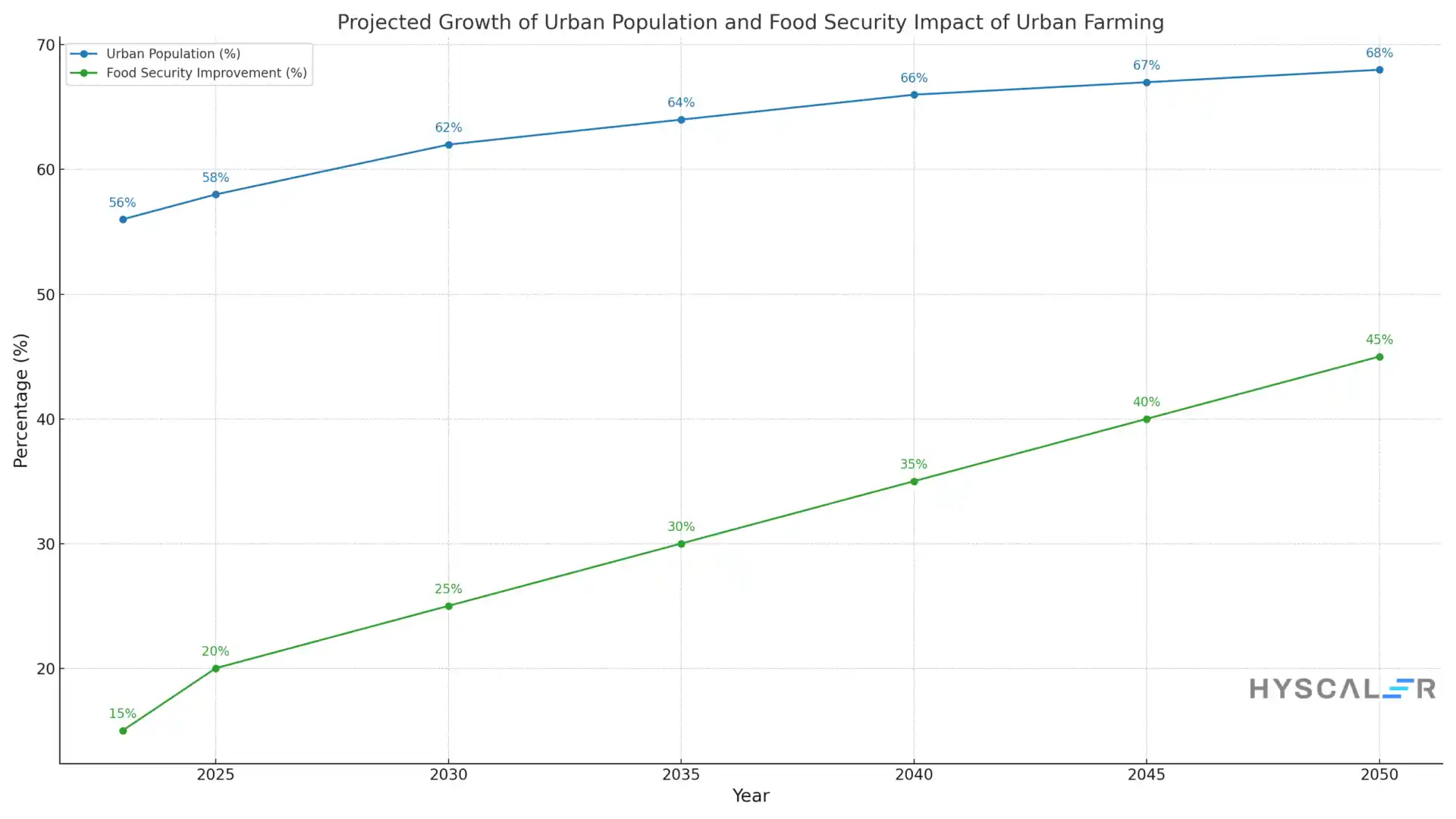
In the future, urban agriculture will play a key role in the evolution toward smart cities where integrated systems and data-enabled solutions optimize sustainability and scalability. The FAO’s State of Food and Agriculture 2020 report highlights how these activities can contribute to global food security whilst decreasing waste and emissions of CO2.
With increasing investments and policy backing, urban agriculture has the potential to play a major role in fostering a greener, more self-reliant presence in urban settings. Through these advances, we can contribute to the creation of sustainable, resilient, cities that sustain people and the environment. Let’s take action today to support innovative urban farming solutions and shape a greener tomorrow!
READ MORE:
Odoo: 5 Strategies to Boost Your Business Growth
LPCAMM2: A Revolutionary Step in Memory Technology


